Unity Tech Art Realistic Lighting For Game Development
Release date:2019
Duration:10 h 35 m
Author:Wilmer Lin, Rick Davidson, GameDev.tv by Ben Tristem
Skill level:Beginner
Language:English
Exercise files:Yes
What Will I Learn?
Complete A to Z of lighting in Unity
How to enhance your 3D game worlds with clever lighting strategies
Build fast and efficient lighting setups for early prototyping of games
Build complex lighting setups with direct lighting and global illumination
Customize stock or Asset Store assets through lighting
Create dramatic cinematic atmosphere using lighting
Creating shader effects using the visual ShaderGraph editor
Requirements
Unity 2018.1 and later (free edition)
Basic working knowledge of the Unity Editor
Description
November/December 2018 Update: Check out our new Section on the ShaderGraph! Creating shaders can now be done without writing a single line of code!
Making your Unity games look amazing is easier than you think. You don’t need to be great at programming and don’t need incredible 3D art skills.
Creating immersive games starts with understanding the secrets of lighting and being able to squeeze maximum value from your technical art pipeline.
This course assumes that you’re a little bit familiar with Unity but doesn’t require you to have any programming or art experience. We will take you through Unity’s lighting toolset and discuss everything from colour theory to shadows to materials that emit light.
More specifically, the course will start off with basic light set ups such as a single point light and build up to complex lighting setups. Among other things, the course covers:
Direct realtime lighting including directional lights, point lights and spotlights.
Global illumination theory and principles, both realtime and baked (pre-rendered).
Emissive materials and how they can be used to make specific items in your scene stand out.
Three- and four-point lighting set ups – how to create them, how to vary them and how to use them for different effects in your games.
ShaderGraph: get started using Unity’s visual editor for creating shaders!
Want to get started with Unity 3D from scratch? Check-out our Complete Unity Developer 3D course. Want to create great environments in Blender instead of Unity? Check out our Blender Environment Artist course.
We follow a project-and-challenge approach which means you don’t just sit there and watch us, you follow along and flex your own creative muscles to create interesting game moments. We all learn best by doing (rather than just watching)!
You will also be asked to take on a bigger challenge and light your own scene. This serves as a great portfolio piece, or just something to show yourself what you’re capable of once you’ve finished the course.
Unity is a fantastic engine which enables you to make production-quality games. Furthermore these games can be created for Windows, MacOS, iOS, Android and Web from a single source!
This course is perfect for programmers who want to make their game more interesting, for 3D artists who want to triple how amazing their artwork looks, designers who dream of creating cinematic moments worthy of AAA games, and anyone else who is interested in leveling up their tech art skills.
Come and join us in this course now – you’ll be amazed at what you’re capable of creating!
Who is the target audience?
Unity developers (or anyone) interested in 3d art
Beginning 3d technical artists interested in Unity3d
No programming or scripting is required for this course!



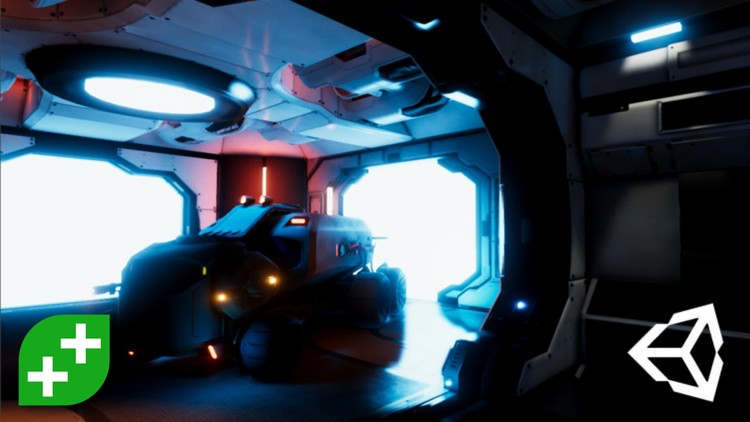

 Channel
Channel
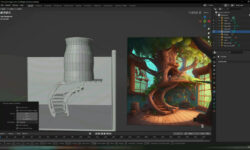

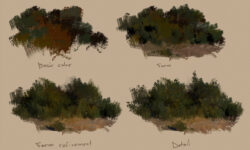
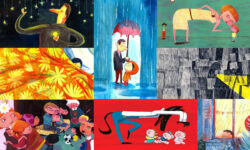
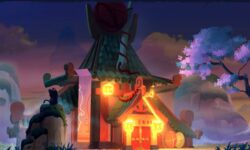

This is such an amazing course, but I have noticed that in the chapter 5 (Lighting Pipeline and Technique) there the 5th and 6th video are missing(forward rendering and deferred rendering, respectively) if you can upload those, would be awesome. Anyways, what you are doing is incredible, thank you for all the work bringing us with free courses, keep it up.
please upddate the course
hey stawberry please update this course